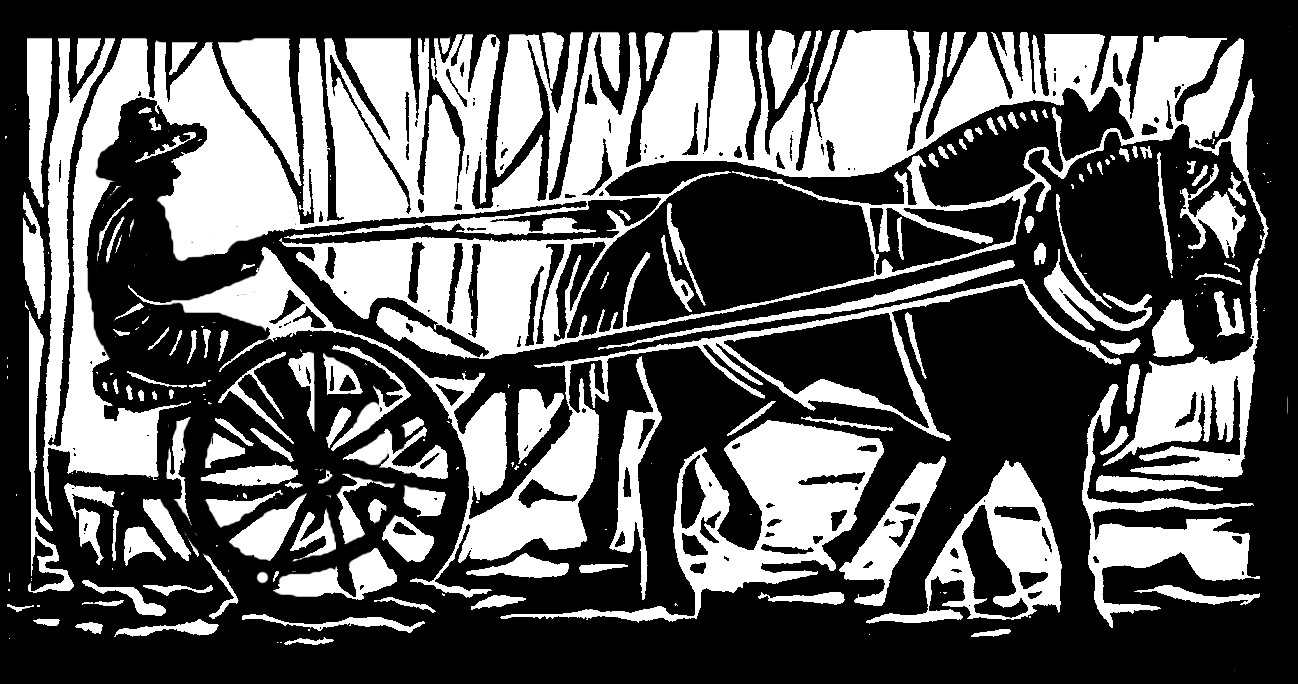It was early spring. All the snow had melted in the winter paddock, and the workhorses and the farmers were ankle-and-fetlock deep in mud. We all groaned.
Here came a month of feeding hay three times a day in the muck, ramming wheelbarrows of manure through the muck, pulling our boots out of the muck, pulling our horses out of the muck. Or, at least, pulling the muck out of our horses, as we groomed their itchy shedding coats, and hair and dirt came off in a cloud.
But then came the muck miracle: thanks to the Cheshire County Conservation District, which marks its 75th anniversary this year, my farmer-spouse and I were introduced to the Natural Resources Conservation Service, a federal program. The CCCD works cooperatively with the Conservation Service, weighing in on local conservation priorities, as well as serving as a conduit for interested farmers, ranchers, or foresters who would like to be part of the NRCS programs (which include funding for the historically underserved, such as socially disadvantaged, beginning, limited resource, and veteran farmers).
Thus our vegetable farm received a grant for a Heavy Use Area Protection Plan for our winter paddock, which would stabilize the ground surface, provide for water run-off, and assist in keeping the nutrients in the compost pile next to the paddock. We were pro all of those things: protecting the soil, clean water, and healthy compost.
But what we didn't expect was the pleasure of that renovated paddock: now we could all lounge about, chewing our hay, enjoying the brisk early spring air, skipping along with the wheelbarrow of manure. We could keep our boots on our feet, and our hooves dry. No more mud, no more muck, no more stuck.
In the same vein, when we two farmers were considering how to make our vegetable growing more efficient, we looked long at the ends of our garden beds, which were very close to a mature hedgerow. The big trees in the hedgerow had considerably more pulling power on the water and the nutrients than our little beds of vegetables. For years we had dutifully tilled, composted, planted, and irrigated the last 20 feet of the beds nearest the hedgerow, and for years, our vegetable harvest there was puny. But we didn't want to cut down the trees, lovely in their own right, and also home to various insect, bird, and animal lives, not to mention lichens and the like.
Then we had a brilliant idea: our vegetables don't want to grow here, but something else might. When we began working with the Cheshire County Conservation District on increasing pollinator areas, we were most pleased to sprinkle a seed mix on the ends of all those garden beds by the hedgerow. Here we were, cutting down our work load, as well as sensibly avoiding a paltry harvest. Plus, of course, we need pollinators in our gardens, to help the vegetables along, and we need pollinators (and trees) in the world, to help everything else along.
But what we didn't expect was a glory of blooming bachelor buttons in the pollinator mix. We've grown a few bachelor buttons as cutting flowers for our CSA members, but we had never sown so many, and not even realizing they were in the mix. The seeds germinated, and soon the bachelor buttons bloomed blue blue blue against brilliant green. It was like a painting, like Vincent van Gogh's irises, except it was bachelor buttons and they were right there, in our garden, blue and ablaze.
We had a beautiful paddock, a beautiful pollinator patch, and then, of course, we had all our vegetables. We were selling CSA shares and produce at the Farmers' Market in Keene, but we always want the good food to be available to a broader range of people. The CCCD stepped up again, with several programs: produce vouchers for veterans at the Farmers' Market during September, as well as the Granite State Market Match program, which doubles SNAP benefits for purchasing fresh produce, though CSA or farmers' markets. The conservation district office also worked with our group of local CSA farmers, called Farmers Helping Farmers, to create a farm share program that offered CSA shares to lower-income members of the community. Of course, we loved all this: increasing food access, food sovereignty, supporting healthy diets, and keeping local farms in business.
But what we didn't expect was the feeling that we didn't have to accomplish all of these things by ourselves. The Cheshire County Conservation District, in partnership both with federal programs such as the NRCS, and with local communities, is right there with us, working for healthy soil, clean water, abundant wildlife, and sustainable forests, farms, and gardens. Check out the CCCD at cheshireconservation.org.
Originally published in the Monadnock Shopper News, Nov 18 – Nov 22, 2020
